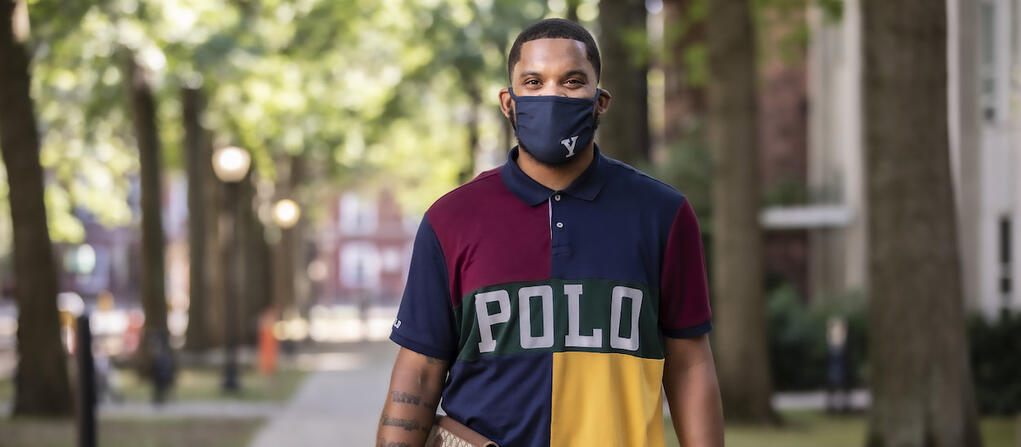
January 29, 2021
It is important to recognize the ways COVID-19 compels us to rely on unsustainable crutches (think: excessive plastic associated with eating takeout or increased light and heat use associated with staying relatively more dormant than past years). Illuminating the intricate nature of our personal health and safety and the Earth’s health will help us creatively combat these unsustainable tendencies. As the spring semester gets underway, students should consider the sustainability or lack thereof of one of the most important preventative measures: face masks.
Which mask should you be wearing?
There are two main types of masks, close proximity and preventative. Close proximity masks are designed to catch the smallest aerosol particles and are used by frontline healthcare professionals who work in high exposure environments, e.g. N95 and surgical masks. Preventative masks include snug cloth masks with two or more layers that do not have exhalation vents. Preventative masks are effective in reducing the spray of respiratory droplets through which COVID-19 is transmitted.
Environmental impact of single-use masks
Though face masks are the primary resource for preventing the spread of COVID-19 and are highly accessible, their environmental impact should not be taken for granted. Disposable masks have short shelf lives: N95 masks are effective if worn only 2-3 times; surgical masks should be disposed of if visibly soiled or torn. As litter, these masks contribute to the microplastics accumulating in the biosystem and pose a threat to wildlife, especially if the ear loops are uncut. Fortunately, individuals can safely store these masks, folded, in some sort of breathable container, such as a paper bag, overnight. However, it is important to note that disposable masks are functionally incompatible with curbside recycling and medically toxic; thus, they should not be thrown away without first being enclosed within an impermeable vessel, such as a plastic bag.
Best practices for reusable masks
In contrast to close proximity disposable masks, cloth preventative masks are much more environmentally friendly due to their long shelf life. Their durability makes them optimal for asymptomatic individuals to prevent the spread of COVID-19 while decreasing their personal waste. Yale and individual residential colleges alike distribute cloth face masks to each student in-residence. Along with masks brought from home, students should plan to have a mask to wear each day of the week. Stocking up affords ample time for students to wash cloth masks before reuse, with soiled cloth masks contained within a reusable pillowcase before wash day. This potential for indefinite reuse compensates for the fact that, like close proximity masks, cloth face masks are considered medical waste even after washing and thus should neither be recycled nor thrown away without first being enclosed within a plastic bag.
Because of the nature of COVID-19, there is no truly footprint-free way to deal with face masks. However, it is possible to mitigate both environmental and health concerns. Students should remain vigilant about both reducing their footprints by using cloth masks and abiding by university guidelines regarding social distancing. To go the extra mile, students can use CDC guidelines for how to fashion their own preventative cloth masks. If we all work together, the Yale community can be fashionable, safe, and as sustainable as possible to pull off another successful in-person semester in New Haven.